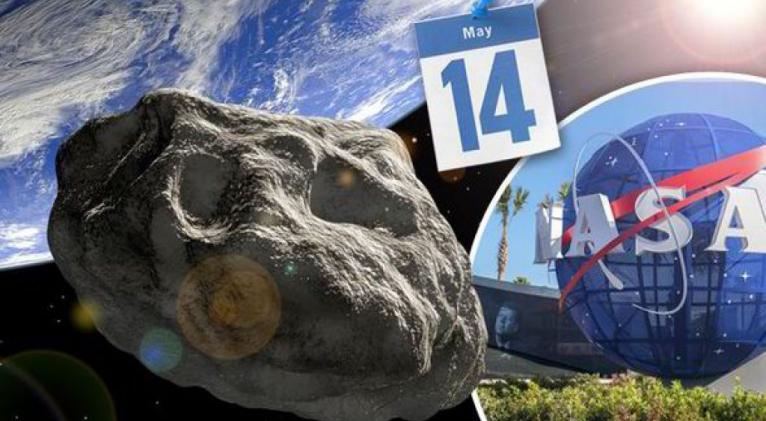Narrow miss: Kilometer-wide asteroid to brush close to Earth
especiales

The asteroid, designated 1999 FN53, is the largest object currently on NASA's near Earth radar. It was first discovered in March 1999 and is currently set to fly past Earth at a speed of almost 14 kilometers per second (about twice the speed of a space rocket at liftoff) at distance of 26.4 lunar distances, or roughly 10 million kilometers.
While there are objects brushing closer to Earth in the near future, none share FN53's enormous size. This has prompted speculation as to what would happen should the asteroid actually hit our planet.
One astronomer thinks such an impact would kill about a fifth of the Earth's population. “It would undoubtedly lead to the deaths of around 1.5 billion people, we are looking at a mass extinction of humanity," says Bill Napier, professor of astronomy at the University of Buckinghamshire, cited by UK newspaper Daily Express.
He added that the numerous immediate deaths would not be the end of it: "If it were to strike the sea it would send a plume of halogen gasses into the stratosphere destroying the ozone layer. This would allow unrestricted sunlight to hit the Earth, the sky would heat up becoming strong enough to burn vegetation."
But it is a bit too early to panic: there is no indication that 1999 FN53 will hit Earth or come close enough to affect it any way. It is not on NASA's Near Earth Objects risk table, which lists objects with impact probability as low as one in 9 million.
1999 FN53 is three times the size of the previous big asteroid scare. In 2013, a 300-meter asteroid named Apophis buzzed by Earth at a distance of 14 million kilometers.
FN53 is also not the last asteroid to brush past our planet. The next comparable rock is predicted by NASA to fly by on June 16. Codenamed Icarus, it has a one-kilometer diameter, flies almost three times as fast as 1999 FN53, and will come closer to Earth: only 21 lunar distances.
Then an even bigger asteroid, whose diameter is measured at 1 to 2.3 kilometers, is expected to fly 18.8 lunar distances away from us, at a speed of 20 km/sec.
None of these bodies are listed as having any risk of impact with Earth.
An indication of what could happen should an asteroid actually reach our planet was given in February 2015, when a bolide just 20 meters across exploded in the atmosphere above the Russian city of Chelyabinsk. The blast was 500 kilotons strong, which is 20-30 times more than the bomb dropped on Hiroshima. No one was killed, but the shockwave shattered windows and damaged buildings, and injured 1,500 people.














Add new comment